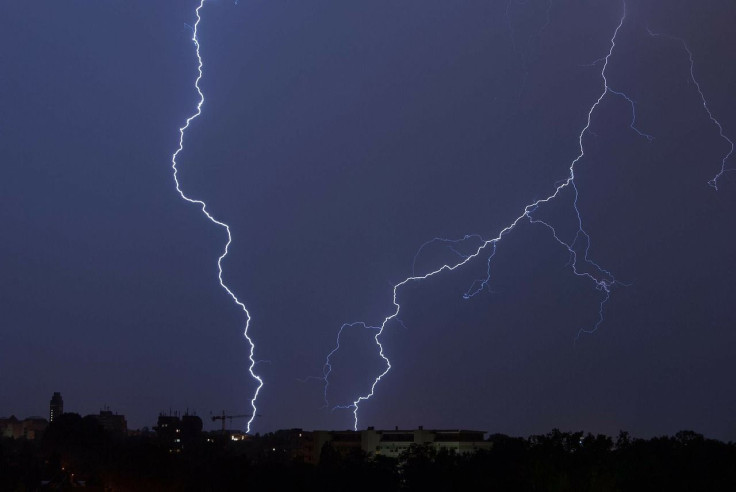What Is Thunderstorm Asthma? How Breathing Condition Killed 9 People In Australia

Despite its name, many people affected by “thunderstorm asthma,” haven’t been diagnosed with asthma, according to a recent survey.
Although it’s a rare event, it’s proven to be deadly and has struck countries worldwide, including the United States, Canada, England, and Italy. In the SciShow video below, host Hank Green explains what it is and how one recent episode of thunderstorm asthma left 9 people dead.
Scientists recently published a study in the Journal of Applied Meteorology and Climatology that defines thunderstorm asthma epidemic conditions. Some of the key factors that play a role include a combination of rainfall, winds, lightning, high humidity, and thunderstorm electrical activity. They also theorize that pollen is kicked up in such a storm, making people with allergies especially prone to problems.
Read: Asthma Attacks: 5 Surprising Triggers That Can Cause Breathing Trouble, And How To Prevent Them
In November 2016, during a thunderstorm in Melbourne, Australia, an outbreak of asthma occurred, affecting thousands of people. In just 5 short hours the paramedics were called nearly 2,000 times, states Green. Thousands more were treated in the hospital and 9 ended up dead. But, why do storms like these happen?
Scientists don’t have a concrete answer, but many believe it’s because the strong storm winds “pick up pollen and other allergens and then concentrates them so that people breathe in a lot of them in a short amount of time.”
The large pieces of pollen, which are usually too big to travel to your lungs and cause an asthma attack, are sometimes transformed during a storm. Large gusts of wind will carry the pollen into clouds, where they are broken down by water into hundreds of tiny pieces. The wind will then carry the tiny granules back to ground level, where they are then able to easily travel to your lungs.
Researchers believe the Melbourne incident was so severe because it involved perennial ryegrass pollen. Because ryegrass is a common allergen, it had the potential to affect a large number of people in Melbourne and the surrounding area. A survey of the Melbourne victims revealed about 40 percent of the people affected weren’t previously diagnosed with asthma, but instead, had an allergy to one of the pollens being dispersed by the storm. With so many people needing help at the same time, getting enough paramedics and ambulances posed a challenge.
Now, the researchers from the University of Georgia and Emory University who published the study are hoping to create a model that predicts thunderstorm asthma outbreaks to better assist health professionals and the affected residents.
"Thunderstorm asthma is a very complex phenomenon and involves interactions of allergens like grass pollens, thunderstorms and susceptible groups of people," said lead author Andrew J. Grundstein, in a press release. "Our study may help anticipate significant thunderstorms by employing a technique that helps identify wind magnitudes commonly associated with thunderstorm asthma outbreaks."
Furthermore, another author notes that although their study isn’t capable of predicting thunderstorm asthma outbreaks, their methods may help public health officials better understand what storms may be more likely to trigger asthma attacks.
See also: Asthma Causes: Odds Of Experiencing The Condition Increase By 53% In Food Deserts
Lower Air Pollution Levels Linked To Fewer Asthma Symptoms, Respiratory Problems In Children



























